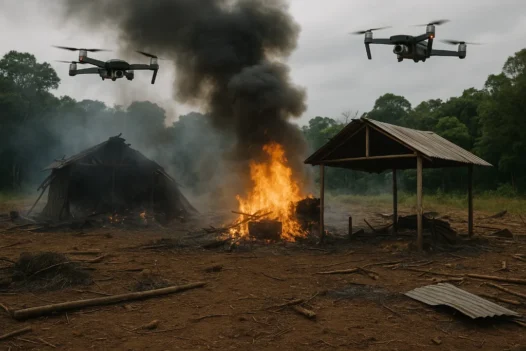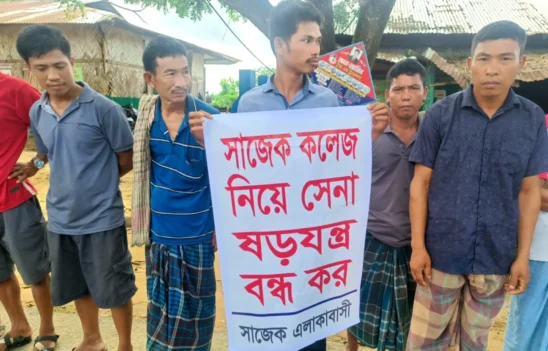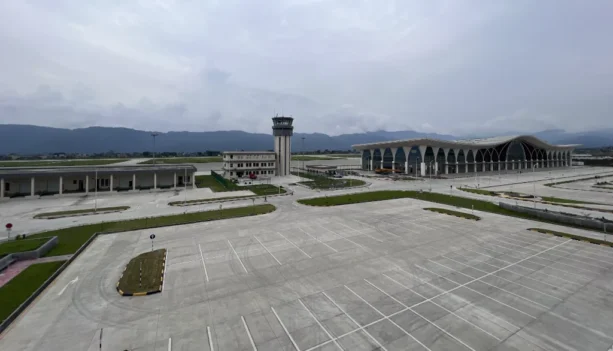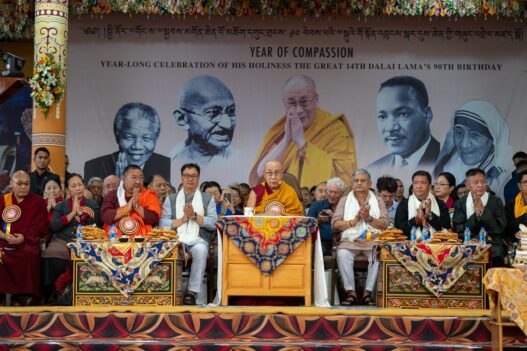Officials have stated that the Ministry of Home Affairs’ Secretary for border management, DS Gangwar, recently conducted a review of the Vibrant Village Programme (VVP) near the India-China border. The Centre has requested an “action plan” for this program and has identified the need to enhance telecommunications connectivity for habitations located along the Line of Actual Control (LAC), as well as the outposts of the Border Guarding Forces (BGFs). According to a report, the review involved the participation of both central and state agencies.
The Union government, during the budget presented last month, approved the centrally-sponsored ‘Vibrant Villages Programme’ for financial years 2022-23 to 2025-26 with an outlay of ₹4,800 crore. The target is to develop the villages along the China border. There will not be an overlap with the Border Area Development Programme (BADP). Of the ₹4,800 crore, a sum of ₹2,500 crore would be used for roads, the home ministry had said after the budget presentation.
China has constructed numerous border villages and roads near the Line of Actual Control (LAC) in order to strengthen its territorial claims on the disputed area. These villages enable the Chinese People’s Liberation Army (PLA) to mobilise personnel and equipment quickly.
Recently, Bhupender Yadav, the Union Minister for Environment, Forest and Climate Change, visited several border villages located in Ladakh, including Tsaga Pasture, Rezang-La, and Chushul. He announced that a total of 1,400 border villages have been identified, and Union Ministers will be visiting them to spend a night and better understand the challenges faced by the people living there.
According to officials, this initiative is intended to incentivize people to remain in their native border areas, potentially reversing the trend of migration away from these villages. This, in turn, could enhance border security. A senior official from the Ministry of Home Affairs stated that the program would provide funding for the development of necessary infrastructure and the creation of job opportunities in 19 districts and 46 border blocks across four states and one Union Territory along the northern land border of India. This would facilitate inclusive growth and help retain the population in the border areas. The first phase of the program will encompass 663 villages.
Officials recognised that the visits by central ministers to Ladakh are aimed at appeasing the locals who have recently staged protests in Delhi, demanding statehood. During his visit, Yadav informed the locals that funds have been set aside for green hydrogen projects in Ladakh, and Rs 27,000 crore has been granted to develop solar power projects to harness the untapped solar energy potential in Ladakh, creating job opportunities for the people.







